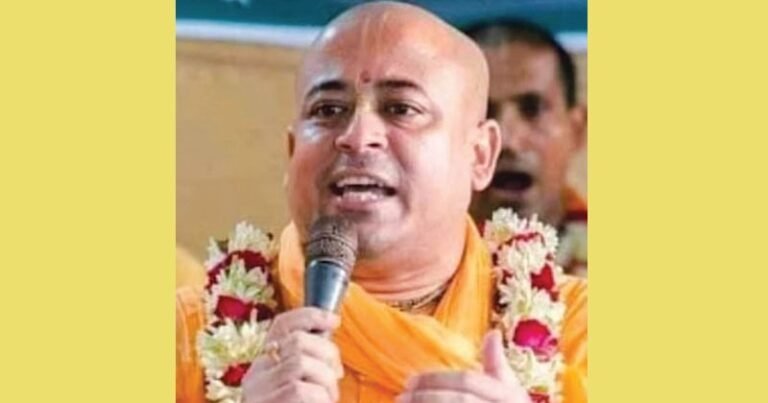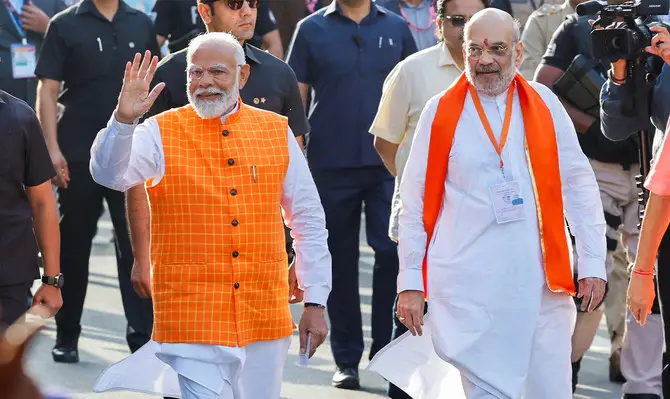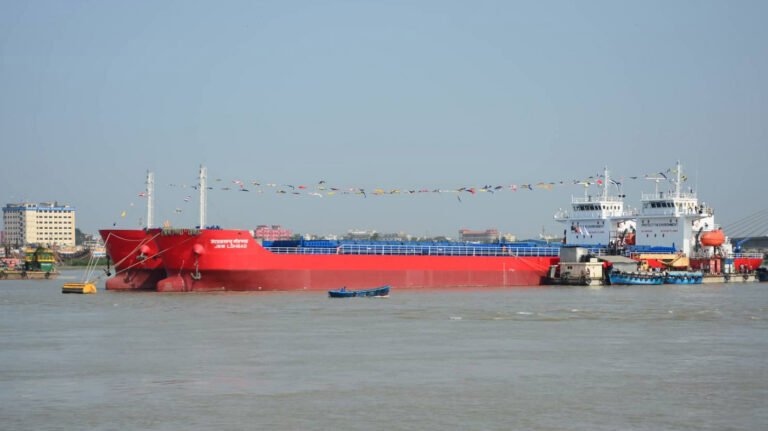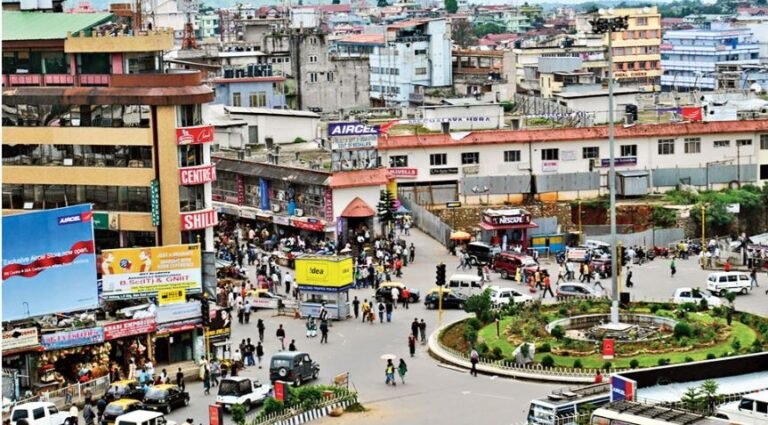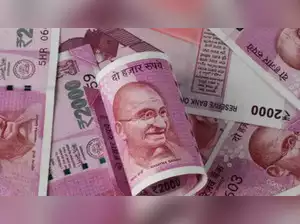The issue of minority security, especially that of Hindus, becomes quite sensitive in Bangladesh, particularly during changes in political power. Over the past four decades, political shifts in Bangladesh have often seen allegations of violence against the Hindu community, especially when the Awami League loses elections or is removed from power.
Political observers and leaders of various Hindu organizations claim that the first major attack on Hindus occurred in 1992, following the demolition of the Babri Masjid in India. At that time, Khaleda Zia’s Bangladesh Nationalist Party (BNP) was in power. Another large-scale attack took place after the 2001 election, when the Awami League was defeated, and the BNP won. Following the election results, attacks on Hindus occurred in several districts, although at that time, a caretaker government led by Justice Latifur Rahman was in charge. The attacks on Hindus continued during the transitional period between the election results and BNP’s official assumption of power, and even afterward, several incidents were reported.
Many blamed individuals associated with BNP politics for these attacks. The most recent allegations of violence against Hindus emerged on August 5, following Sheikh Hasina’s resignation and her supposed fleeing to India. Although the BBC’s fact-checking division confirmed that many of the images circulating on social media were fake, actual attacks did occur.
How many attacks were there? According to the National Hindu Mahajot, a Hindu organization, 278 incidents of violence occurred across 48 districts following Sheikh Hasina’s resignation. On the other hand, another organization, the Bangladesh Hindu Buddhist Christian Unity Council, claimed that at least 205 incidents of violence took place in 52 districts.
A group called the “Minority Rights Movement” has called for the formation of a “Minority Commission” to investigate attacks on Hindu communities. However, the authenticity of these claims could not be independently verified. It’s also challenging to discern how many attacks were motivated by religious identity and how many were due to anger directed at government affiliates.
The BBC Verify and Global Disinformation team analyzed social media posts and found that while some genuine incidents of attacks on minorities did occur, many false rumors were also spread.
Why the fear among Hindus? Regardless of the number of attacks, it is clear that many Hindus in different areas are living in a state of fear and anxiety. Rana Dasgupta, a prominent leader of the Hindu community, believes there is a culture of impunity regarding attacks on Hindus in Bangladesh. He claims that those responsible for past violence have rarely been brought to justice, allowing the cycle of violence to continue.
Dasgupta states that the individuals behind such attacks often do not believe in religious coexistence, a mentality that, he says, has persisted since the era of Pakistan. He also acknowledges that there is a historical connection between India, Hindus, and the Awami League, a connection that some groups exploit.
Dasgupta further asserts that, in recent years, the Awami League has made efforts to reduce discrimination in public employment and promotions for minorities, particularly Hindus. But this, he says, has led to complaints from some that Hindus are receiving preferential treatment.
Mushtaq Khan, a professor at the University of London’s School of Oriental and African Studies, argues that attacks on Hindus in Bangladesh often politically benefit the Awami League and India. He points out that the Awami League has significant Hindu representation, and attacks on Hindus tarnish the BNP’s image in the eyes of India.
However, Rana Dasgupta strongly disagrees with the idea that recent attacks on Hindus are solely politically motivated, saying that they have a clear communal dimension. He asks, “Why was filmmaker Ritwik Ghatak’s house demolished? Was he an Awami League leader?”
Land disputes play a major role Two private research organizations in Bangladesh have reported that around 70% of violence against religious minorities is related to land disputes. Much of this violence manifests through attacks on minority properties or religious sites.
A June report from the Center for Alternatives and the Bangladesh Peace Observatory (BPO) noted that most of the violence against minorities between 2013 and 2022 targeted Hindus. Many Hindus also feel this way. Rajib Kar, a resident of Comilla, told the BBC that while some attacks are politically motivated, land grabbing is often a major factor. However, justice for these incidents is rarely seen.
After the 2001 general election, a judicial investigation commission was formed to probe the violence against Awami League members and minority communities. The commission, chaired by current President Md. Shahabuddin, received around 25,000 complaints, but only about 5,000 were accepted. According to Hindu leaders, no justice has been served for these cases.
Political calculations According to Mushtaq Khan, there are two main reasons why the issue of Hindus in Bangladesh remains sensitive in politics. Firstly, neighboring India has a strong communal narrative, with Muslims often facing discrimination. This sentiment spills over into Bangladesh. Secondly, the Awami League, which has been in power for over 15 years, has tried to present itself as a proponent of secularism, while framing Islamic forces as a threat to its rule.
Khan argues that India has supported the Awami League, not necessarily to protect Bangladesh’s Hindus, but to safeguard its own interests. The perception that India keeps the Awami League in power fuels resentment, which sometimes manifests in attacks on Hindus.
Whenever the Awami League has lost power or elections, the BNP has inevitably come to the forefront. Attacks on Hindus during such periods have consistently damaged BNP’s image in the eyes of India.
Salahuddin Ahmed, a member of the BNP’s National Standing Committee, told the BBC that the Awami League often uses the minority issue to put BNP in a difficult position politically. He argues that Sheikh Hasina’s fall and subsequent flight to India were driven by a student-led revolution, and claims that the issue of minority persecution has been used as a tool for political counter-revolution.
Ahmed believes that the narrative of minority oppression has been strategically employed by the Awami League for political gain.
The Hindu community in Bangladesh is also divided, with different factions criticizing each other. Govinda Chandra Pramanik, General Secretary of the Bangladesh National Hindu Grand Alliance, claims that the Awami League uses fear to maintain its grip on the Hindu vote, saying, “They spread the fear that without us, you won’t survive.”
